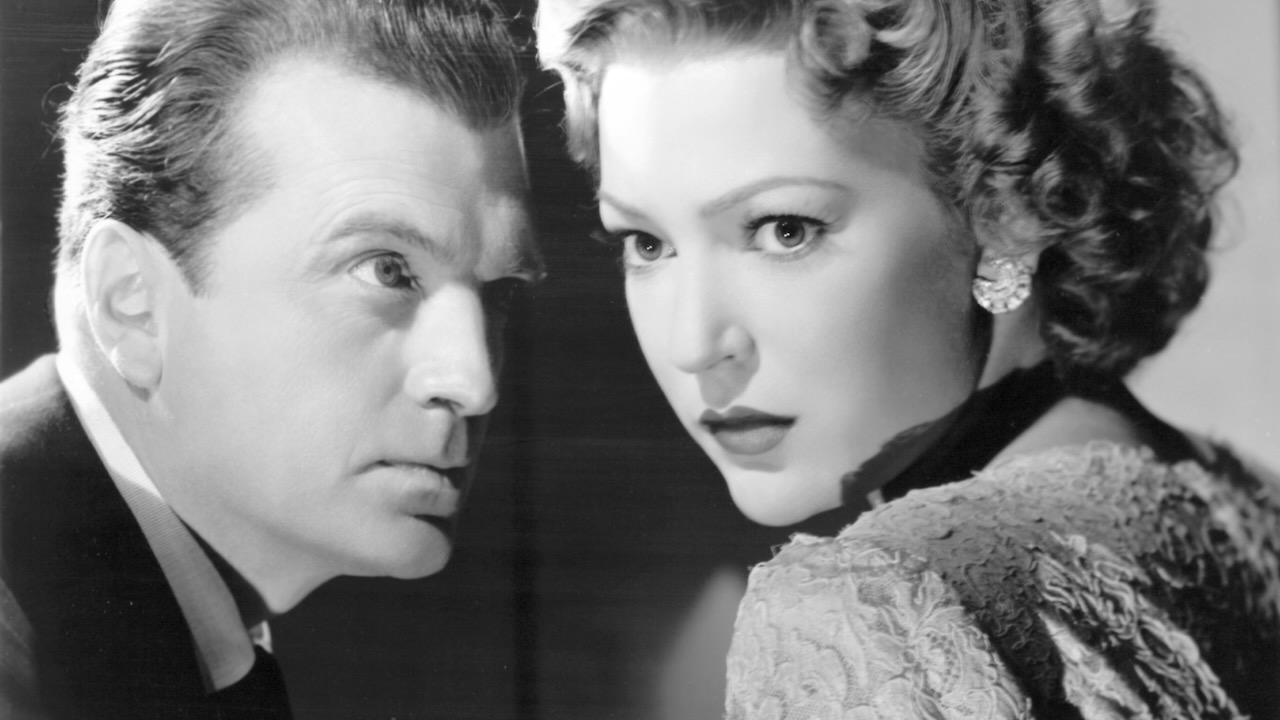 |
Jazz on Screen: Symphonies in Black: Duke Ellington Shorts
Tue 19 Nov 2024, 18:30, Location: Barbican Cinema 3
Introduction to the screening by Ehsan Khoshbakht
Join us at the Barbican for a special screening event featuring 16 captivating short films that highlight the extraordinary musical legacy of Duke Ellington and his Orchestra. Spanning nearly a quarter of a century (1929-1953), these films showcase Ellington’s performances in a variety of settings, often accompanied by dancers and singers, including the legendary Billie Holiday in Symphony in Black: A Rhapsody of Negro Life. This particular film fluidly transitions between Ellington composing in solitude, leading his band in a tuxedo at a concert, and artistic depictions of African American life, including a moving sequence with Billie Holiday portraying heartbreak similar to Bessie Smith's iconic film appearance six years prior.





.jpg)



